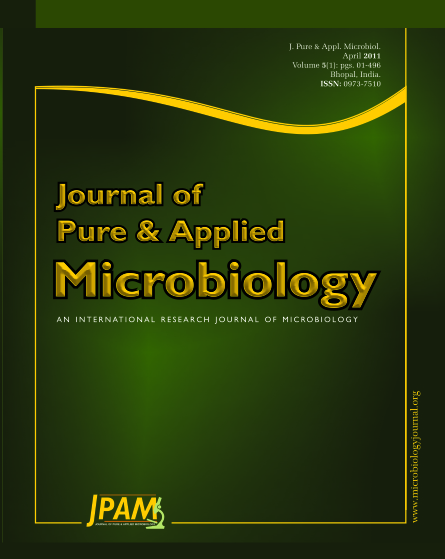Now a days, out of nearly 370 million tons paper and board produced annually, worldwide more than half is produced by recycling the recovered paper. Deinking is indeed a sophisticated way of recycling by which high grade paper can be produced using enzyme treatment. In the present study deinking of HP laser printed paper has been examined at laboratorial scale. The operating conditions like pulping consistency, enzyme dose and retention time for enzymatic treatment of pulp were optimized by studying the brightness. Then, Enzymatic and Chemical deinking were compared by studying physical and mechanical properties of paper. Enzymatic deinking showed brightness (ISO) 69.3, Burst index 2.1KPam2/g, tear index 8.5 mNm2/g, tensile strength 43 Nm/g and deinking efficiency 35.5%. Thus enzymatic deinking using cellulase removes the problem of pollution which arises due to chemical treatment. This study shows that Enzymatic treatment is both ecofriendly and economical as it reduces or eliminate the use of chemicals.
Enzymatic Deinking, Pulp consistency, Brightness, Cellulase, Ecofriendly
© The Author(s) 2011. Open Access. This article is distributed under the terms of the Creative Commons Attribution 4.0 International License which permits unrestricted use, sharing, distribution, and reproduction in any medium, provided you give appropriate credit to the original author(s) and the source, provide a link to the Creative Commons license, and indicate if changes were made.


